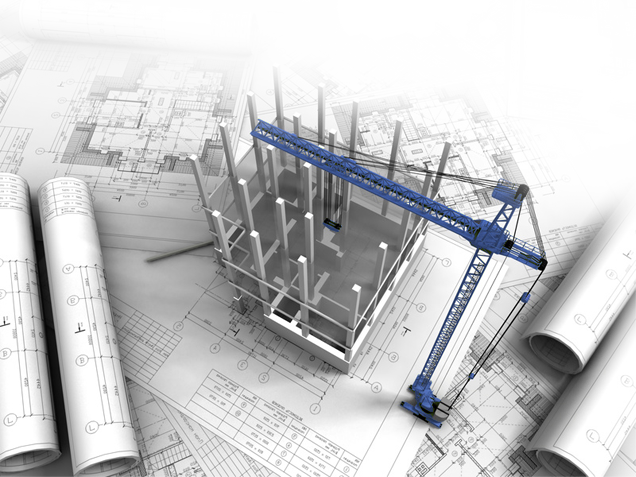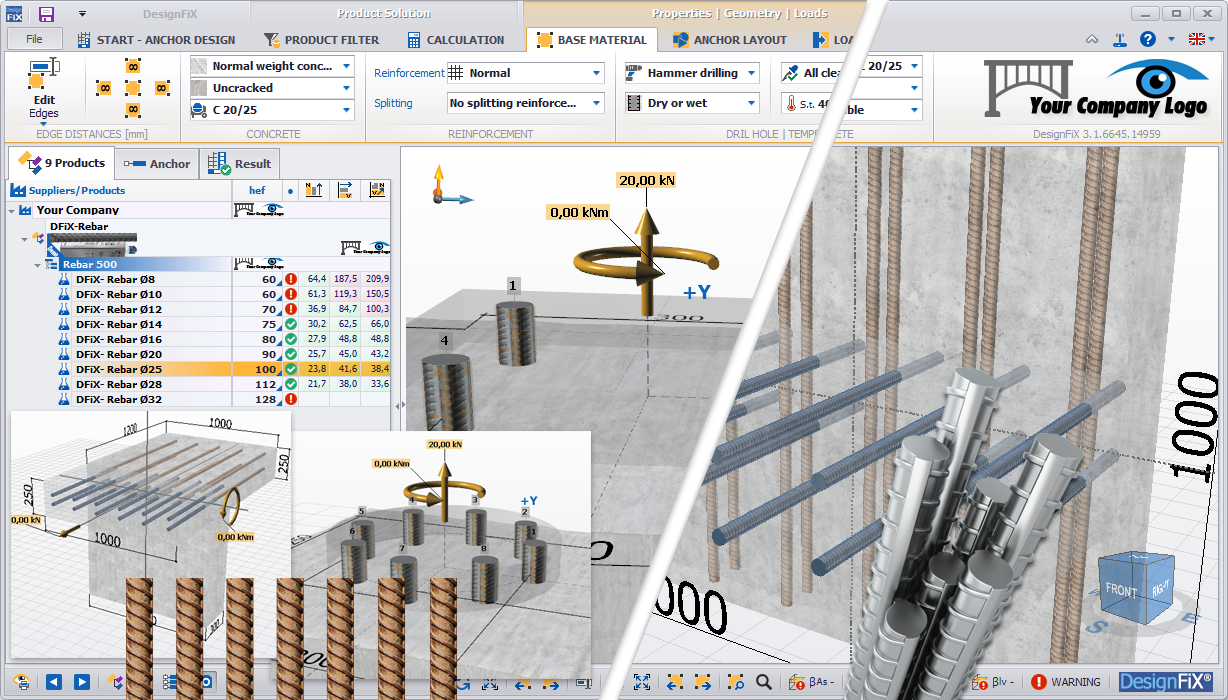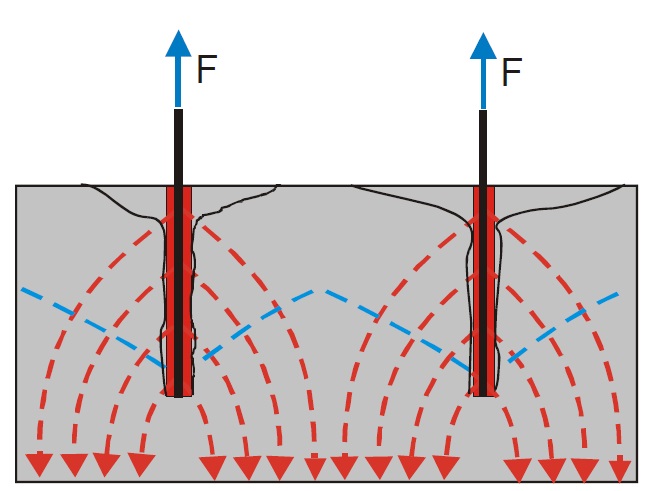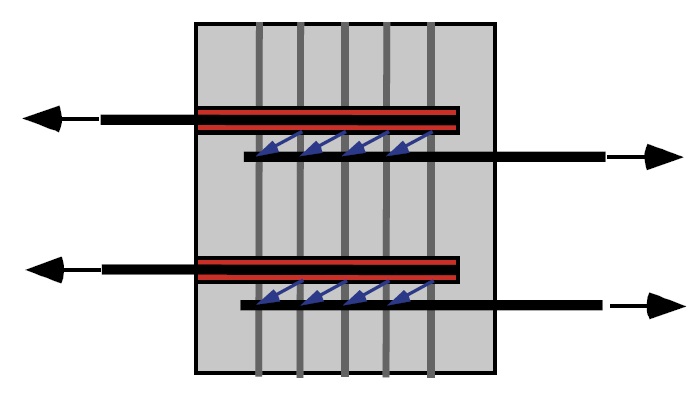High-performance injection mortars are suitable for anchoring threaded rods and internally threaded sleeves as well as reinforcing bars. A distinction is made between reinforcing bars that are used as anchors and bars for post-installed rebar connections. The design methods are correspondingly different.
If rebars are used as anchors, they are designed according to ETAG 001, Technical Report TR 029. They can be subjected to tensile and shear loads and fail such as chemical anchors due to steel failure, concrete cone failure, combined pull-out / concrete failure and splitting failure under tension load or steel failure, concrete edge failure and concrete failure on the opposite side of the load (pry-out) under shear load.
However, if rebars are used for post-installed rebar connections, the rules of the reinforced concrete constructions shall apply and the design shall be in accordance with Eurocode 2 (EN 1992-1-1: 2004: Design of concrete structures – Part 1-1: General rules and rules for buildings). In these cases, the bars may only be subjected to tensile loads and steel failure, pull-out or splitting failure may occur.
Post-installed rebars can be used without or with connecting reinforcement in the existing structure. In the first case we speak of anchorages, in the second case of laps. Figure 1a shows the tensile stresses in the concrete caused by an anchorage. In the case of laps, the tension force is transmitted via compression struts into the existing reinforcement (Fig. 1b).
Figure 1: Load-bearing behaviour of post-installed rebars
(Spieth, A. H.: Tragverhalten und Bemessung von eingemörtelten Bewehrungsstäben (Behaviour and Design of Post-installed Bonded Rebar Connections). Doctor thesis. Universität Stuttgart, 2002 (in German))
In order to avoid damage to the concrete when drilling the holes for post-installed rebars, the approvals require a relatively large concrete cover depending on the drilling method, the depth of the hole and the bar diameter. In addition, the size of the concrete cover depends on whether or not a drilling aid is used.
The concrete cover of the existing reinforcement was determined depending on the required corrosion resistance according to reinforced concrete rules and is usually smaller than the concrete cover of the post-installed reinforcement. In order to prevent splitting failure despite of the smaller concrete cover, the anchorage length according to reinforced concrete rules is significantly greater than according to anchor theory. Larger anchorage lengths mean that the design value of the bond strength fbd is smaller than according to anchor theory.
If the higher bond strength according to the anchor theory are combined with the smaller concrete cover according to the rules of reinforced concrete construction, then the load bearing capacity of the anchorage drops significantly.

Contents of the DesignFiX - Trial version
This demo version is designed primarily for anchor manufacturers and distributors, and includes the product range of a virtual company called Your Company. The implemented products include chemical and mechanical anchors. More information about installation and system requirements.




